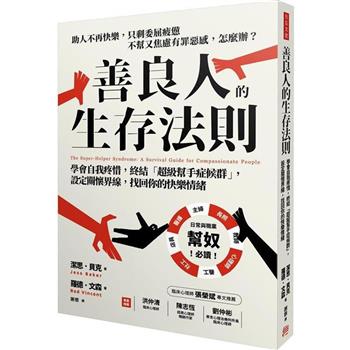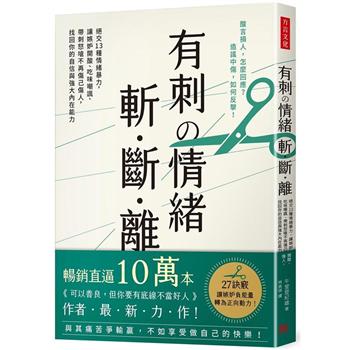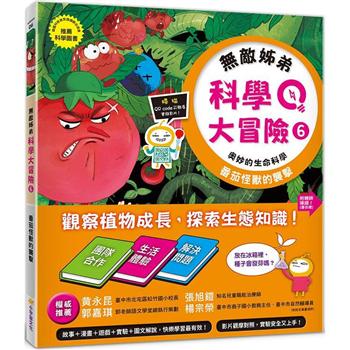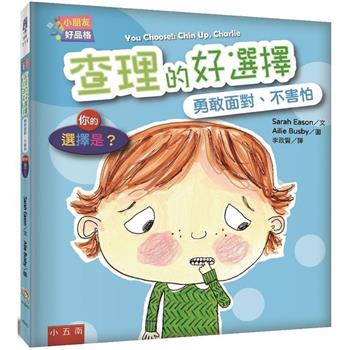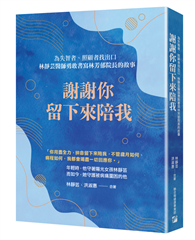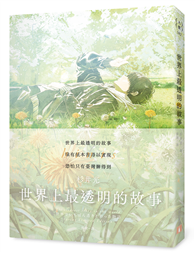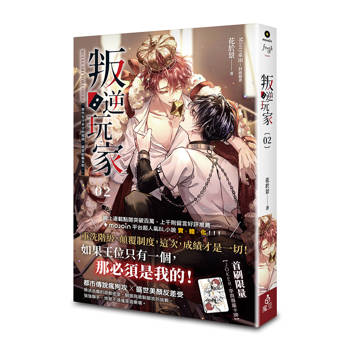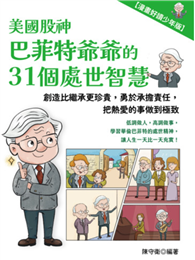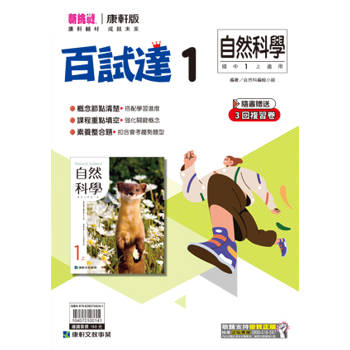| FindBook |
有 3 項符合
Gweimui’s Hong Kong Story (電子書)的圖書 |
 |
Gweimui’s Hong Kong Story 作者:Christine Cappio(張雪婷) 出版社:商務 出版日期:2016-05-04 語言:繁體中文 規格:普通級 |
| 圖書館借閱 |
| 國家圖書館 | 全國圖書書目資訊網 | 國立公共資訊圖書館 | 電子書服務平台 | MetaCat 跨館整合查詢 |
| 臺北市立圖書館 | 新北市立圖書館 | 基隆市公共圖書館 | 桃園市立圖書館 | 新竹縣公共圖書館 |
| 苗栗縣立圖書館 | 臺中市立圖書館 | 彰化縣公共圖書館 | 南投縣文化局 | 雲林縣公共圖書館 |
| 嘉義縣圖書館 | 臺南市立圖書館 | 高雄市立圖書館 | 屏東縣公共圖書館 | 宜蘭縣公共圖書館 |
| 花蓮縣文化局 | 臺東縣文化處 |
|
|
圖書介紹 - 資料來源:博客來 評分:
圖書名稱:Gweimui’s Hong Kong Story (電子書)
內容簡介
She crossed from France to Hong Kong for her true love, stepped into an unknown world with……amazing wet markets, the pace of life, a funny title “lou-po”(wife). This is a journey of a French young woman turning into a Honghonger. From the bizarre wet market to colourful decorations for local festivities, Christine invites you to enjoy her daily adventures in a Chinese society which she calls home.
作者介紹
Christine Cappio was born in Lyon, a city in east-central France. She went to Paris in 1983 to study Applied Arts in Ceramics, where she met a young Chinese man who later became her husband. She has been living in Hong Kong since her arrival in 1986.
Being able to speak Cantonese has helped her integrate into the local community and this vibrant international metropolis.
|
